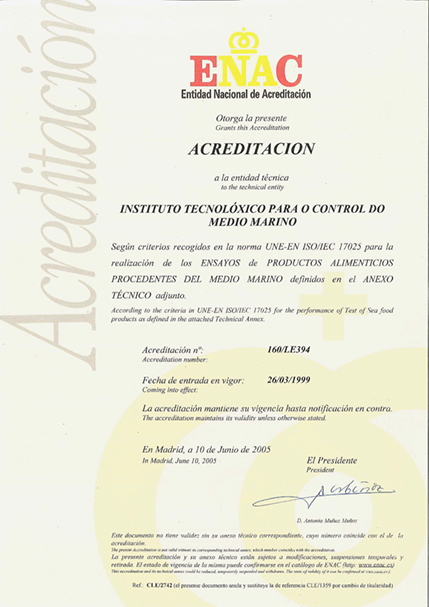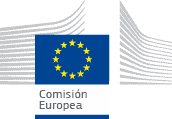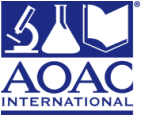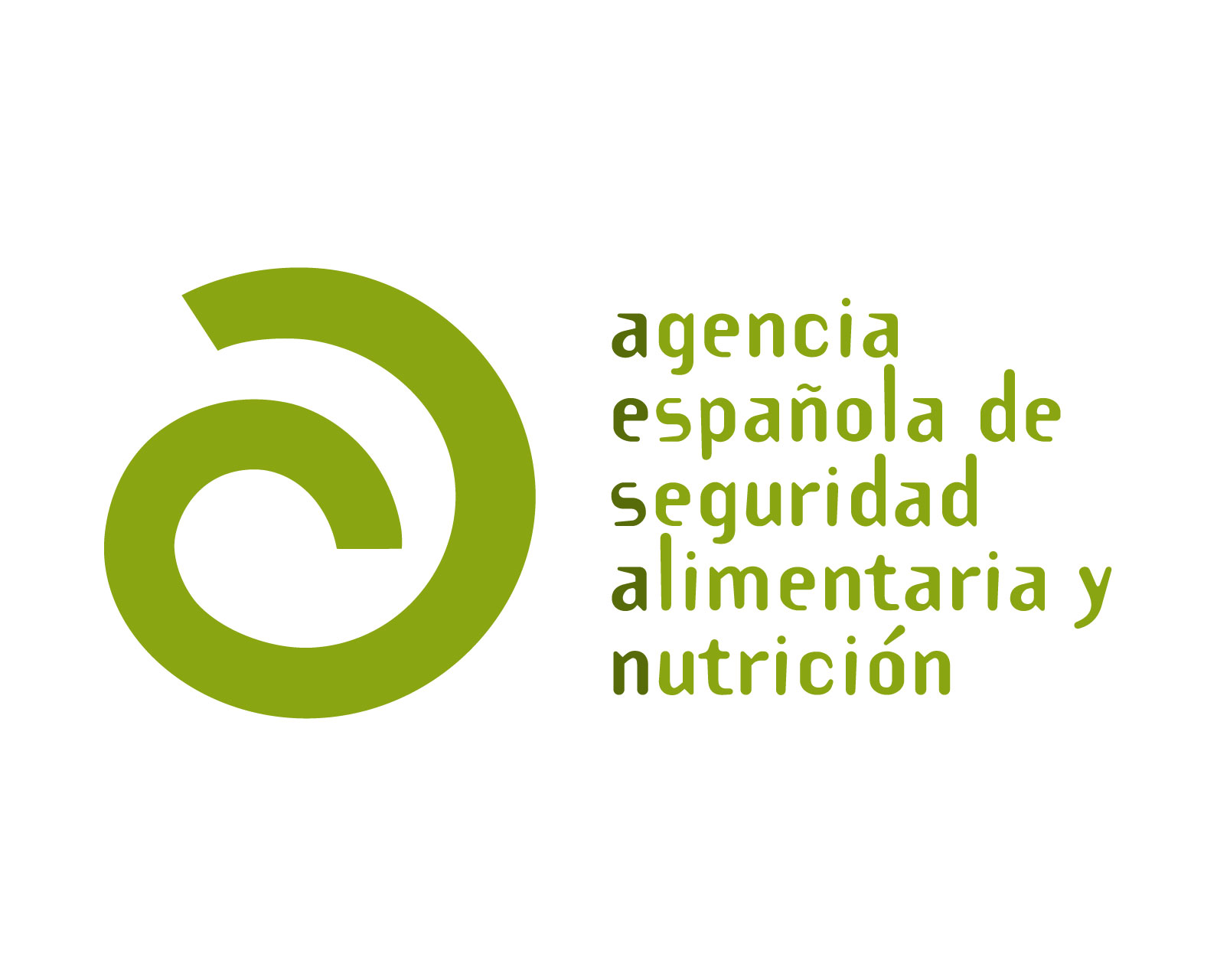

National Reference Laboratory for Marine Biotoxins
The National Reference Laboratory for Marine Biotoxins designated by the Competent Authority by resolution of the Executive Directorate of the AESAN of September 30th 2021, develops its activity in all aspects related to the control of marine biotoxins in bivalve molluscs and other food of marine origin described in articles 100 and 101 of Regulation (EU) 2017/625 of the European Parliament and of the Council (official Controls Regulation).
The Laboratory provides services to the official control laboratories of the national network. Its responsibilities and tasks as National Reference Laboratory are set out in article 101 of Regulation (EU) 2017/625 of the European Parliament and of the Council, of March 15, 2017.
Responsibilities and task of national reference laboratories
The functions of the LNRs, in their area of competence, are those provided for in article 101 of Regulation (EU) 2017/625 of the European Parliament and of the Council, of 15 March 2017:
-
a) collaborate with the European Union reference laboratories, and participate in training courses and in inter-laboratory comparative tests organised by these laboratories;
-
b) coordinate the activities of official laboratories designated in accordance with Article 37 (1) with a view of harmonising and improving the methods of laboratory analysis, test or diagnosis and their use;
-
c) where appropriate, organise inter-laboratory comparative testing or proficiency tests between official laboratories, ensure appropriate follow-up of such tests and inform the competent authorities of the results of such tests and follow-up;
-
d) ensure the dissemination to the competent authorities and official laboratories of information that the European Union reference laboratory supplies;
-
e) provide, within the scope of their mission scientific and technical assistance to the competent authorities for the implementation of MANCPs referred to in article 109 and of coordinated control programmes adopted in accordance with article 112;
-
f) where relevant, validate reagents and lots of reagents, establish and maintain up-to-date lists of available reference substances and reagents and of manufacturers and suppliers of such substances and reagents;
-
g) where necessary, conduct training courses for the staff of official laboratories designated under Article 37 (1); and
-
h) assist actively the Member State having designated them in the diagnosis of outbreaks of foodborne, zoonotic or animal diseases, or of pests of plants, and in case of non-compliance of consignments, by carrying out confirmatory diagnoses, characterization and epizootic or taxonomic studies on pathogen isolates or pest especimens.
Location and contact
National Reference Laboratory for Marine Biotoxins
Peirao de Vilaxoán, s/n
36611 VilagarcÃa de Arousa
Pontevedra
email: lnrbm@intecmar.gal
Official Laboratories
In Spain, the network of official control laboratories for marine biotoxins is formed by following labs :
-
Andalucía
Laboratorio de Control de Calidad de Recursos Pesqueros (L.C.C.RR.PP)
Carretera Punta UmbrÃa-Cartaya Km. 12, 21459 Cartaya, Huelva -
Cataluña
Agéncia de Salut Pública de Catalunya (ASPCAT)
Carrer de Roc. Boronat, 81-95 (Edifici Salvany), 08025 BarcelonaInstitut de Recerca i Tecnologia Agroalimentà ries (IRTA)
Crta. de Poble Nou Km 5,5, 43540 Sant Carles de la Rà pita, TarragonaLaboratori Agència de Salut Pública de Barcelona
Av. Drassanes 13, 08001 Barcelona -
Galicia
ANFACO-CECOPESCA
Área de MicrobioloxÃa e Biotoxinas
Ctra. Colegio Universitario, 16, 36310 Vigo, PontevedraInstituto Tecnolóxico para o Control do Medio Mariño de Galicia (INTECMAR)
Peirao de Vilaxoán s/n, 36611 VilagarcÃa de Arousa, PontevedraLaboratorio de Sanidad Exterior. Dependencia de Sanidad en Vigo
Estación MarÃtima s/n, 36271 Vigo, Pontevedra -
Madrid
Centro Nacional de Alimentación (CNA)
Ctra. Pozuelo a Majadahonda, Km 5,100, Edificio Principal Campus Majadahonda, 28220 Majadahonda, MadridLaboratorio Salud Pública de Madrid
C/ Los Emigrantes, 20, 28043 Madrid -
Valencia
Laboratorio de Salud Pública de Valencia
Avda de Catalunya, 21, 46021 Valencia
Legislation
European Legislation
-
Commission Decision of 15 March 2002, establishing special health checks for the harvesting and processing of certain bivalve molluscs with a level of amnesic shellfish poison (ASP) exceeding the limit laid down by Council Directive 91/492/ECC. Off. J. Eur. Union L75, 65-66.
-
Regulation (EC) No 853/2004 of the European Parliament and of the Council of 29 April 2004, laying down specific hygiene rules for food of animal origin. Off. J. Eur. Union L226, 22-82.
-
Commission Regulation (EU) No 786/2013 of 16 August 2013 Amending Annex III to Regulation (EC) No 853/2004 of the European Parliament and of the Council as regards the permitted limits of yessotoxins in live bivalve molluscs. Off. J. Eur. Union L220, 14.
-
Regulation (EU) 2017/625 of the European Parliament and of the Council of 15 March 2017, on official controls and other official activities performed to ensure the application of food and feed law, rules on animal health and wellfare, plant health and plant protection products, amending Regulations (EC) No 999/2001, (EC) No 396/2005, (EC) No 1069/2009, (EC) No 1107/2009, (EU) No 1151/2012, (EU) No 652/2014, (EU) 2016/429 and (EU) 2016/2031 of the European Parliament and of the Council, Council Regulations (EC) No 1/2005 and (EC) No 1099/2009 and Council Directives 98/58/EC, 1999/74/EC, 2007/43/EC, 2008/119/EC and 2008/120 /EC, and repealing Regulations (EC) No 854/2004 and (EC) No 882/2004 of the European Parliament and of the Council, Council Directives 89/608/EEC, 89/662/EEC, 90/425/EEC, 91/496/EEC, 96/23/EC, 96/93/EC and 97/78/EC and Council Decision 92/438/EEC (Official Controls Regulation). Off. J. Eur. Union L95, 1-142.
-
Commission Delegated Regulation (EU) 2019/624 of 8 February 2019 concerning specific rules for the performance of official controls on the production of meat and for production and relaying areas of live bivalve molluscs in accordance with Regulation (EU) 2017/625 of the European Parliament and of the Council. Off. J. Eur. Union L131, 1-17.
-
Commission Implementing Regulation (EU) 2019/627 of 15 March 2019 laying down uniform practical arrangements for the performance of official controls on products of animal origin intended for human consumption in accordance with Regulation (EU) 2017/625 of the European Parliament and of the Council and amending Commission Regulation (EC) No. 2074/2005 as regards official controls. Off. J. Eur. Union L131, 51-100.
-
Commission Delegated Regulation (EU) 2021/1374 of 12 April 2021 amending Annex III to Regulation (EC) No. 853/2004 of the European Parliament and of the Council on specific hygiene requirements for food of animal origin. Off. J. Eur. Union L297, 1-15.
-
Commission Implementing Regulation (EU) 2021/1709 of 23 September 2021 amending Implementing Regulation (EU) 2019/627 as regards uniform practical arrangements for the performance of official controls on products of animal origin. Off. J. Eur. Union L339, 84-88.
National legislation
-
Royal Decree 571/1999, of April 9, which approves the Technical-Sanitary Regulation that sets the standards applicable to the production and marketing of live bivalve molluscs. BOE No 86, 13522-13531.
-
Law 32/2007 of November 7, for the care of animals, in their exploitation, transport, experimentation and sacrifice. BOE No 268, 45914-45920.
-
Royal Decree 53/2013 of February 1, which establishes the basic rules applicable to the protection of animals used in experimentation and other scientific purposes, including teaching. BOE No 34, 11370-11421.
Legislation in the autonomous communities
-
Galicia
-
Order of November 14, 1995 regulating the program of actions for the control of marine biotoxins in bivalve molluscs and other organisms from fishing, shellfish and aquaculture. DOG No 221, 8453-8467.
-
Order of January 15, 2002 regulating the extraction and commercialization of scallops (Pecten maximus). DOG No 12, 602-607.
-
Correction of errors Order of January 15, 2002 regulating the extraction and commercialization of scallops (Pecten maximus). DOG No 26, 1346.
-
-
Decree 28/2005 of January 28, which regulates the control of biotoxins in bivalve molluscs and other organisms from fishing, shellfish farming and aquaculture. DOG No 38, 3149-3153.
-
Order of January 24, 2013 which modifies the Order of November 14, 1995, which regulates the program of actions for the control of bivalve molluscs and other organisms from fishing, shellfish and aquaculture. DOG No 26, 3378-3410.
-
Quality
Article 100, paragraph 2, of Regulation (EU) 2017/625 of the European Parliament and of the Council of 15 March 2017 establishes that the requirements provided for in point (e) of Article 37 (4) shall apply to national reference laboratories:
-
The competent authorities may only designate as an official laboratory a laboratory which:
-
e) operates in accordance with EN ISO/IEC 17025 and is accredited in accordance with that standard by a national accreditation body operating in accordance with Regulation (EC) No 756/2008.
-
Quality is, therefore, a priority in the activities of the NRL for Marine Biotoxins, which establishes as a general objective the reliability of its tests and the constant improvement of its processes and activities, as well as the effectiveness of its management system.
Accreditation
Accreditation by ENAC (National Accreditation Entity) according with the standard EN ISO/IEC 17025: General requirements for the competence of testing and calibration laboratories. Scope of the accreditation defined in the corresponding Technical Annex: Accreditation 160/LE/394 for conducting tests on agri-food products.

Recognised methods for the detection of marine biotoxins
The recognised methods for the detection of marine biotoxins in live bivalve molluscs are established in Annex V, of the Commission Implementing Regulation (EU) 2019/627 of 15 March 2017 amended by Commission Implementing Regulation (EU) 2021/1709 of 23 September 2021, as follows:
PARALYTIC SHELLFISH POISON DETECTION METHOD
-
A. The paralytic shellfish poisoning (PSP) toxins content of the whole body or any part edible separately of bivalve molluscs shall be determined using the method described in the Standard EN 14526 (Determination of saxitoxin-group toxins in shellfish – HPLC method using pre-column derivatization with peroxide or periodate oxidation) or any other internationally recognised validated method not entailing the use of a live animal.
-
B. The above mentioned methods shall determine at least the following compounds:
-
a) Toxins Carbamate STX, NeoSTX, gonyautoxin 1 and 4 (GTX1 and GTX4 isomers determined together) and gonyautoxin 2 and 3 (GTX2 and GTX3 isomers determined together);
-
b) Toxins N-sulfo-carbamoyl (B1), gonyautoxin-6 (B2), N-sulfocarbamoyl-gonyautoxin 1 and 2 (C1 and C2 isomers determined together), N-sulfocarbamoyl-gonyautoxin 3 and 4 (C3 and C4 isomers determined together);
-
c) Toxins decarbamoyl dcSTX, dcNeoSTX, decarbamoylgonyautoxin-2 and -3 (isomers determined together).
-
-
B.1. If new analogues of the above toxins, for which a toxicity equivalent factor (TEF) has been established, appear, they shall be included in the analysis;
-
B.2. Total toxicity will be expressed in μg STX 2HCL equivalents/Kg and shall be calculated using TEFs as recommended in the most recent EFSA opinion or FAO OMS report, upon proposal of the European Reference Laboratory for marine biotoxins and its National Reference Laboratories network and acceptance by the European Commission. The TEFs used will be published in the European Reference Laboratory for marine biotoxins website.
-
C. If the results are challenged, the reference method shall be the method described in the Standard EN 14526 as referred in Part A.
AMNESIC SHELLFISH POISON DETECTION METHOD
-
A. The amnesic shellfish poisoning (ASP) toxins content of the entire body or any part edible separately of bivalve molluscs shall be determined using the high-performance liquid chromatography with ultraviolet detection (HPLC/UV) method or any other internationally recognised validated method.
-
B. However, for screening purposes, AOAC official method 2006.02, as published in AOAC International Journal 90, 1011-1027 (ASP enzyme-linked immunosorbent assay (ELISA) method), or any other internationally recognised validated method may also be used.
-
C. If the results are challenged, the reference method shall be the HPLC/UV method.
LIPOPHILIC TOXIN DETECTION METHODS
-
A. The reference method for the detection of marine toxins as referred to in points (c), (d) and (e) in Chapter V(2) of Section VII of Annex III to Regulation (EC) No 853/2004 shall be the EU reference laboratory liquid chromatography-mass spectrometry/mass spectrometry (EURL LC-MS/MS) method. This method shall determine at least the following compounds:
-
a) okadaic acid group toxins: OA, DTX1 and DTX2, including their esters (DTX3);
-
b) yessotoxins group toxins: YTX, 45 OH YTX, homo YTX and 45 OH homo YTX;
-
c) azaspiracids group toxins: AZA1, AZA2 and AZA3.
If new analogues of the above toxins appear, for which a toxicity equivalent factor (TEF) has been established, they shall be included in the analysis.
Total toxicity equivalence shall be calculated using TEFs as recommended by the European Food Safety Authority (EFSA) in Journal (2008) 589, 1-62 or any updated EFSA advice.
-
-
B. Methods other than those referred to in Part A, such as the LC-MS method, HPLC with appropriate detection, immunoassays and functional assays, such as the phosphatase inhibition assay, may be used as alternatives to, or as well as, the EURL LC-MS/MS method, provided that:
-
a) either alone or combined they can detect at least the analogues identified in Part A; more appropriate criteria shall be defined where necessary;
-
b) they meet the method performance criteria stipulated by the EURL LC-MS/MS method. Such methods must be intra-laboratory validated and successfully tested under a recognised proficiency test scheme. The European Reference Laboratory for marine biotoxins shall support activities toward inter-laboratory validation of the technique to allow for formal standardisation;
-
c) their implementation provides an equivalent level of public health protection.
-
DETECTION OF NEW OR EMERGING MARINE TOXINS
Chemical methods, alternative methods with appropriate detection, or the mouse bioassay can be used during the periodic monitoring of production areas and relaying areas for detecting new or emerging marine toxins on the basis of the national control programmes elaborated by the Member States.
Analyses of changes in standard methods
Technical Note NT-55 from Spanish National Accreditation Body (ENAC) about Reference Laboratories in Agri-Food Sector: Policy about participation in accreditation system set up the “policy about the role of both EU and National Reference Laboratories in accreditation systemâ€. Namely points 1 and 3 of such a policy, set up the following:
-
“1) ENAC always considers suitable the decisions, practices and assay procedures used by laboratories which carry out official controls when they follow the instructions, guidelines, recommendations or documents published by the corresponding both European or National of any member state Reference Laboratory.
-
3) In case of a change in any Standard Method, ENAC shall accept as enough the analyses of changes carried out by the corresponding Reference Laboratory just as the modifications that they establish as necessary, as long as it is made public. For its part, ENAC shall draw up the most suitable evaluation process based on changes identified by Reference Laboratory and it shall apply such a process to all the affected laboratories.â€
Based on this ENAC policy and taking into account that Intecmar Marine Biotoxins Laboratory is, from September 2021, the Spanish Reference Laboratory for Marine Biotoxins, analyses of changes in Standard Methods are included in this section.






